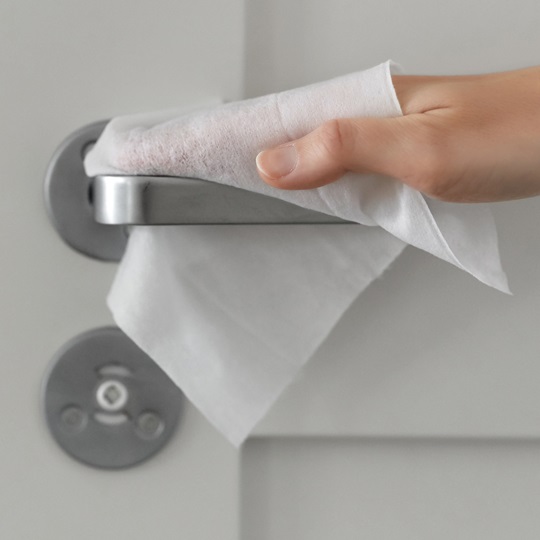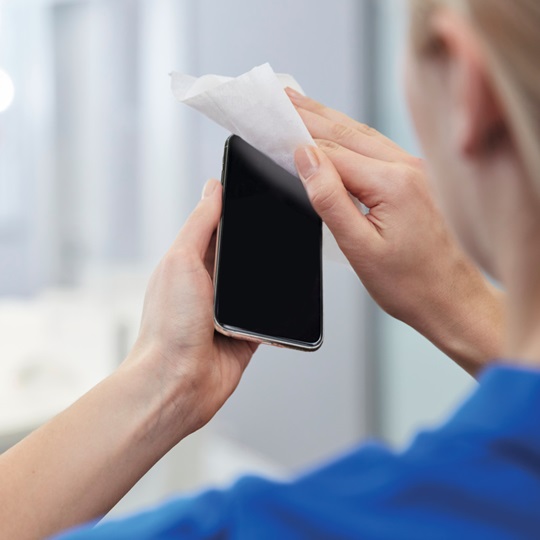Hygiene Measures


In many cases, washing the hands thoroughly with soap and water will do. Since germs cannot be seen with the naked eye, this does not only apply to visibly dirty hands. Particular attention should be paid to good hand hygiene [3]:
before eating or preparing meals
before handling medication or cosmetics
after using the toilet or changing diapers
after blowing the nose, coughing, or sneezing
after touching waste
after contact with animals, animal food, or animal waste
In private life, thorough hand washing includes soaping your hands including fingertips, thumbs, and spaces between fingers for around 20 to 30 seconds [3]. However, clean water and soap are not always and everywhere available. Especially in countries with low hygiene standards, tap water—if available—may be contaminated and cleaning products unavailable. Washing your hands is also of little use if you have to dry them on a shared towel or use the naked hands afterwards to operate door handles. In these cases, a highly effective hand disinfectant such as Sterillium®that kills 99.99% of bacteria, fungi, and enveloped viruses proves useful when traveling.


References: